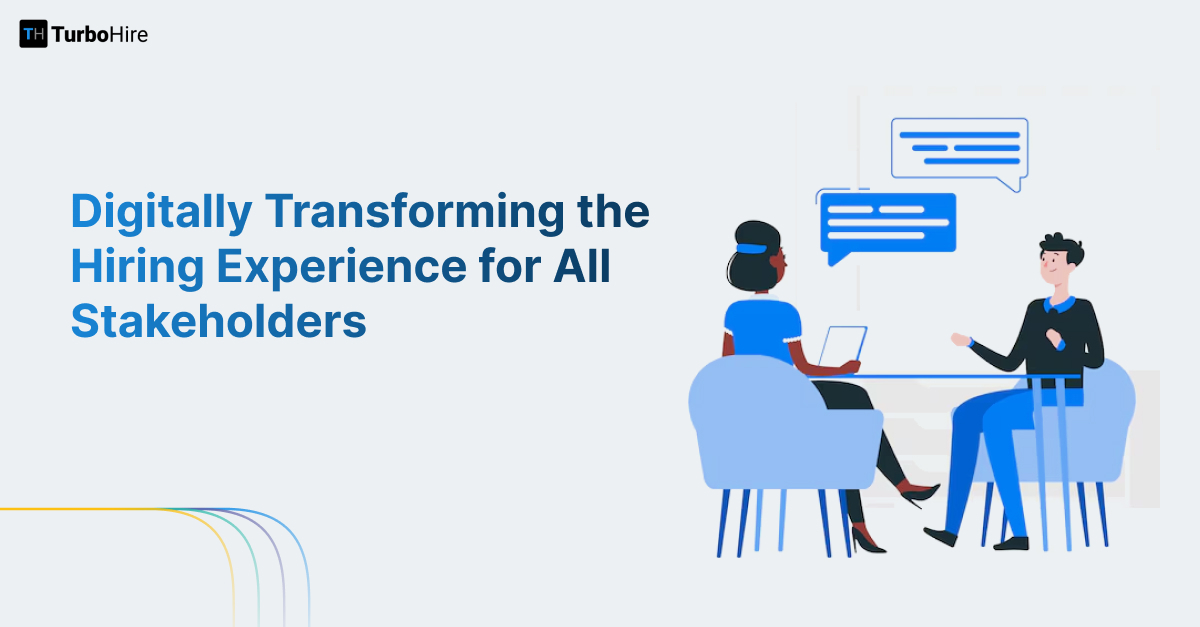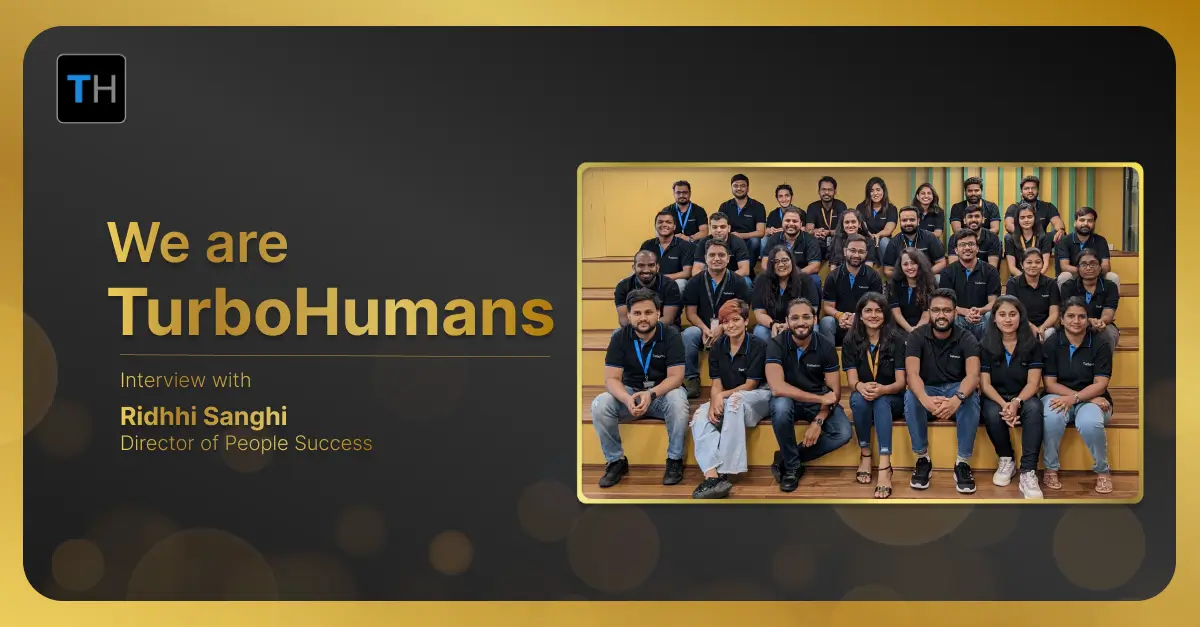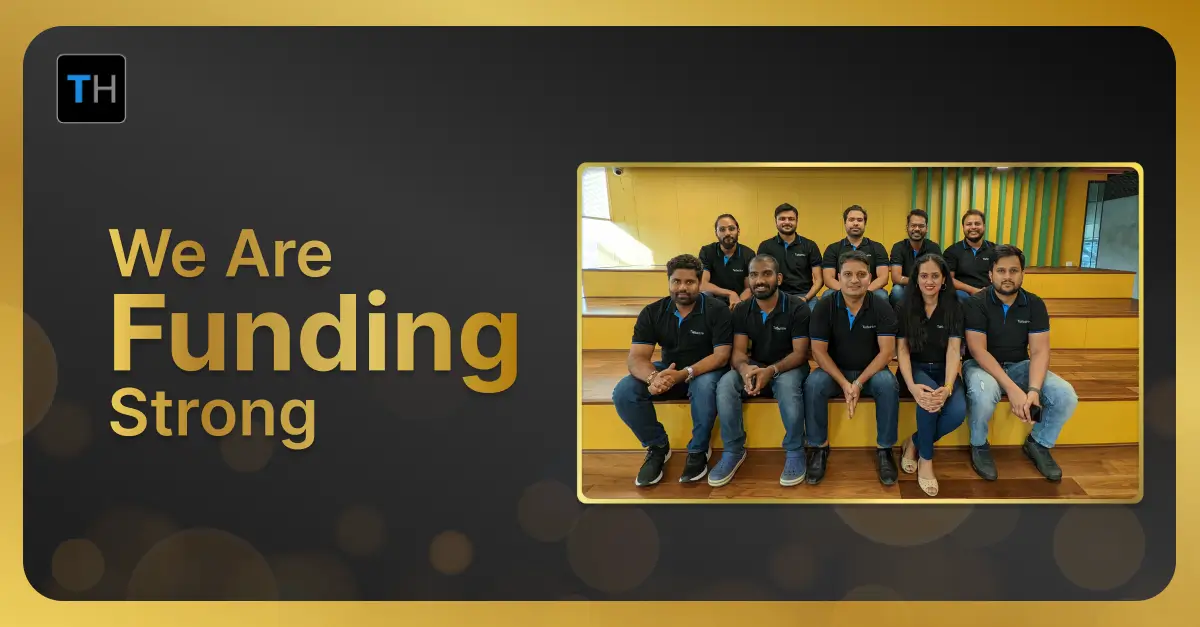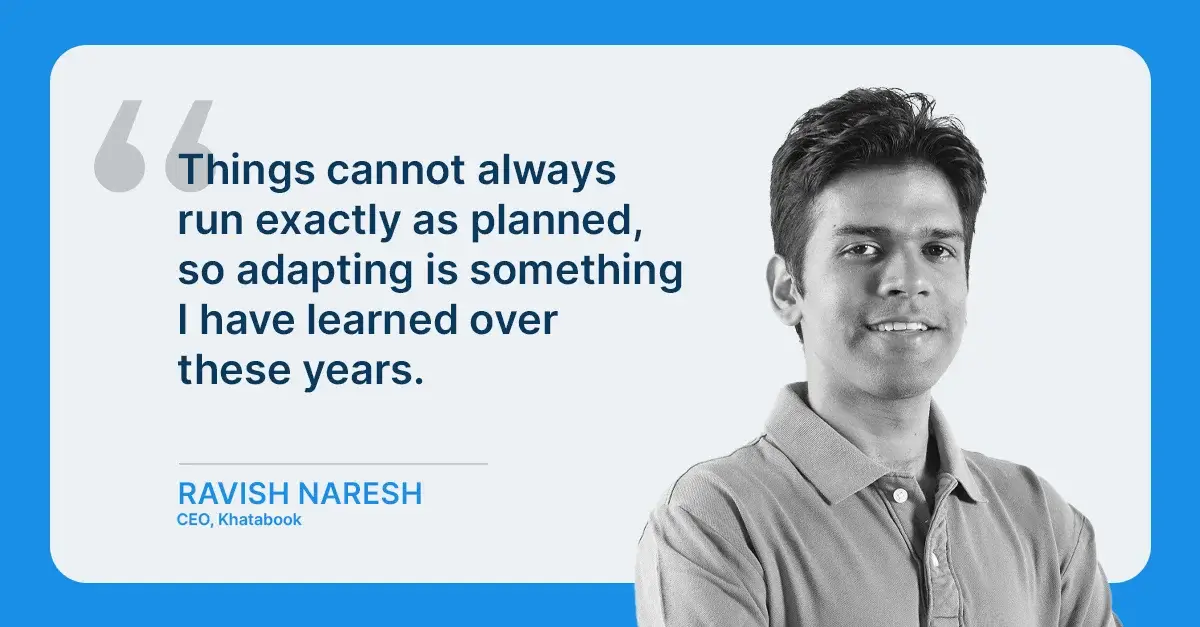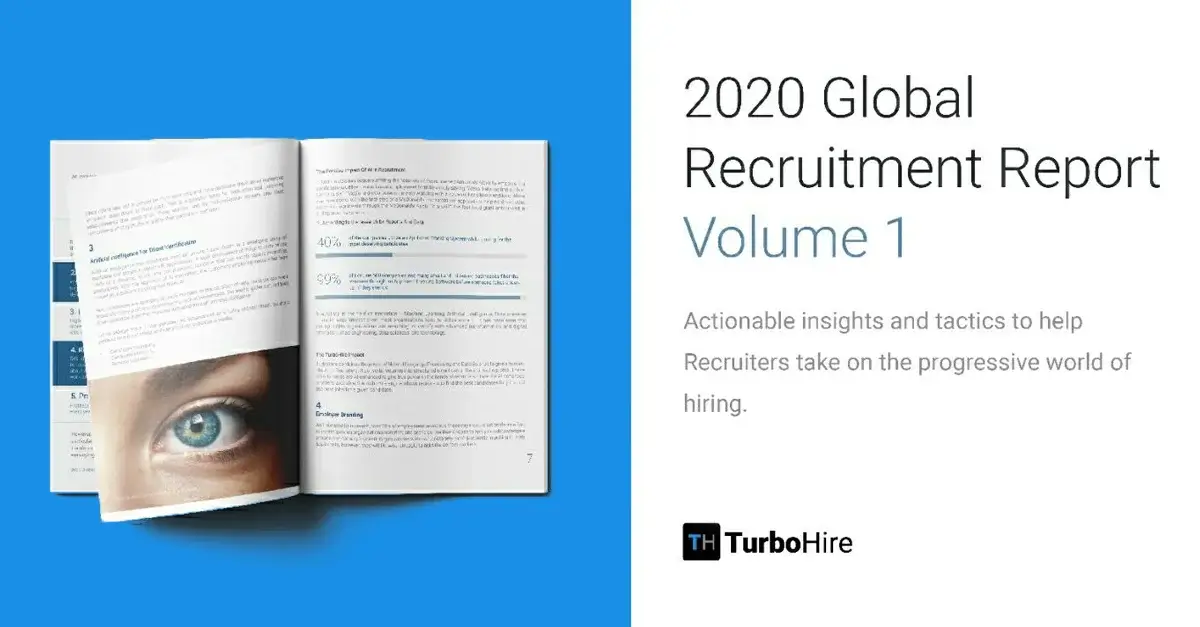With increasing automation in the recruitment process, jobs are becoming skill-based and less repetitive. Coupled with increasing competition amongst the companies to hire the best talent while maintaining profitability, recruiters are tasked with hiring talented candidates in record budgets. Cost per hire and time to hire are two of the recruitment process metrics that help organizations measure their total spending and time associated with filling a vacancy.
The cost per hire for earlier vacancies helps develop future hiring plans. The recruitment industry average cost-to-hire is around $4000. Reducing cost-per-hire requires recruiters to focus on making the recruitment process efficient to prevent any one-time high costs.
Time to hire captures the time the candidate spends in your database and is one of the most important recruitment metrics. Time to hire is the amount of time between candidate sourcing and offer letter acceptance. Recruitment statistics like time-to-hire provide actionable insights on optimizing the recruitment process by working on the elimination of bottlenecks for a better candidate and recruitment experience.
The industry average of 40 days for time-to-hire. Time to hire affects the cost of hire adversely. According to Gartner, when recruitment is accelerated, it might lead to a 32% reduction in cost to hire. In industries with high employee turnover or high growth, delay in acquiring talented candidates leads to adverse effects on business performance. Fortunately, there are ways in which time-to-hire can be reduced without compromising on the quality of hire.
Here are the 5 ways to make recruitment economical by reducing the cost to hire.
5 Ways To Reduce Cost-Per-Hire
1. Build Talent Pipelines In Advance
Building a strong talent pipeline with skilled and diverse candidates helps recruiters in scouting the best candidates for any new vacancy at any point in time. Recruiters should keep engaging the candidates by updating them about new opportunities and ensure that the candidate database is refreshed regularly. Some of the candidates might not be fit for a specific job role at that moment; however, can be considered for future positions.
Pre-qualifying applicants can make the whole process much easier, quicker, and more cost-efficient than sourcing from scratch. The recruiters can save on job promotion and candidate sourcing costs without compromising on candidate quality.
2. Using Right Assessment Tools
‘A poor workman always blames his tools’. 90% of hiring managers report finding difficulty finding and hiring the right tech talent. The right tools can help recruiters control recruitment costs by minimizing the chances of bad hires. Candidates with different experiences should be evaluated differently. Right assessment tools can help in identifying the skill sets, behavior, interest, and job compatibility of the candidates effectively. Assessment tools help recruiters make better hiring decisions by eliminating biases.
3. Bulk Screening Via One Way Video Interview
Conducting bulk one-way interviews help in saving time of the organization and the candidates and is cost-effective too. One-way interviews help candidates respond to questions at a convenient time. It also allows recruiters to screen candidates at scale, thus expediting the recruitment process.
4. Social Media Recruiting
One of the most powerful tools for reducing the cost to hire is to utilize social media platforms to build brand presence and attract talent. The social media handles could be used to provide potential employees with a glimpse of day-to-day operations, values, current projects, and employees. Recruiters can motivate employees to share the job descriptions on their handles to ensure greater reach and increased volume of talented applicants.
Social media also gives a platform to share the job vacancies with targeted groups of individuals for better visibility and greater engagement. Moving beyond traditional methods of candidate sourcing enables recruiters to engage with potential candidates on multiple fronts. This approach reduces costs to hire while increasing the volume of qualified applicants.
5. Internal Recruiting And Referrals
An employee referral scheme is a long term strategy to build a responsive talent pipeline. While there will be immediate expenses related to bonus payouts while setting up the employee referral program, the long term benefits of hiring through referrals will be able to offset this initial investment. Internal recruiting refers to identifying the best candidate from the existing employee pool for the new vacancy.
27% of organizations are making constant efforts to build employee engagement programs to communicate future skill needs for better opportunities. According to LinkedIn report, internal recruiting improves retention by 81%, accelerates the new hire productivity by 69% and the hiring process by 63%. Thus, focusing on internal recruiting and employee referrals have a positive impact on the recruitment process.
3 Ways To Reduce Time-To-Hire
1. Implementing Multiple Channels For Candidate Sourcing
- Internal Recruitment: Organizations are increasingly recruiting for the senior roles from their employee pool as they are cost-effective. Promoted employees do not require retraining and their organization knowledge is a huge asset as well. Thus, for filling any senior role, it would be beneficial to look for employees within the organization looking for role change or promotion with the required experience and performance history.
- Rediscovering Candidates From Database
Companies collect thousands of resumes over the years which are not reutilized. An effective way of reducing time to hire would be rematching the existing candidates from the resume database for a new job posting before the promotion. Candidate Rediscovery enables recruiters and enterprises to find great candidates from their own resume databases. With enhanced recruitment tools, it is becoming increasingly easier to arrive at candidate-job match scores to find best-fit candidates on the basis of skills, experience, and other requirements. - Social Recruiting
An increasing number of recruiters are using social networking sites to find talented candidates. 75% of potential hires are not actively searching for a job but would be open to fielding great opportunities. After identification of ideal candidates, effective engagement of candidates with related team members can lead to a successful hire. - SEO-friendly Career Page
The career page is the first touchpoint of a candidate with the company while applying for the job. Career pages play a vital role in enhancing the employer brand and easy visibility leads to an increased number of applications. Using SEO best practices, and keeping your job postings up-to-date will bring in consistent web traffic and lead to increased engagement of qualified candidates. Therefore, make sure that career pages have all the important information related to the job listing.
2. Establish A Structured Hiring Process
In 1998, two researchers published an extensive meta-analysis of studies into job performance assessment techniques, spanning the previous 85 years of research. What they discovered was that unstructured job interviews only predict about 14% of an employee’s actual on-the-job performance. Structured interviews, on the other hand, were found to be the third-best predictor of performance, explaining about 26%.
A structured hiring process is designed to provide a consistent recruitment process experience for all parties involved and works in reducing anomalies and reduces time-to-hire. The structure increases the chances of identifying ideal candidates systematically and reduces biases.
3. Use Analytics And Automation For Better Performance
According to LinkedIn Survey, 73% of HR say people analytics will be a major priority for their company over the next 5 years. 64 % of heads of recruiting have difficulty acquiring talent to support a change in strategy according to Gartner. In the digital age, with the emergence of specialized roles, data can help recruiters in making better hiring decisions.
Data can aid in the effective identification of recruitment bottlenecks by tracking recruitment metrics ad KPIs. Additionally, it can aid recruiters to make better decisions by complementing the candidate information with data analysis. An efficient ATS can help in streamlining the recruitment process, automate manual tasks, and generate impactful reports while reducing the time required for candidate sourcing by 67% and candidate screening by 75%.
How TurboHire Is Helping Recruiters Reduce The Cost Per Hire
We all know hiring is a complicated resource-intensive process. Enters TurboHire. A new age Talent Acquisition and Discovery platform built on Artificial Intelligence. Our product can be used to hire for the duration you want and we reiterate, it’s cost-effective. Here’s how it will help you with:
- Remote assessment of technical talent
- Assess multiple tech stacks and auto-generate reports
- Assess candidate using his body language, expressions, and actions taken during the test
- In-depth video analytics
- Auto-generate smart card for each candidate
- Call only the most qualified candidates for interviews, through a pool of resumes
- Integrated with ATS smoothly
- Secured data and talent record.
Track Your Recruiting Metrics with TurboHire
Maybe you haven’t noticed any significant lags in how the hiring process moves from application to job offer. But find a single company that does not want to improve their recruiting budget. Maximizing time won’t help you much if your costs are high to gain that efficiency. If there are inefficiencies in your hiring process, wasted time and resources translate directly into a higher cost-per-hire (CPH). It also likely translates into corporate pressure on you and your team to get that cost down. This is where AI helps you. More data means more chances to streamline the process.
Recruiting software can not only help you track time to hire and cost per hire metrics, but also help you improve every step in the process to make sure you’re getting the absolute most out of the candidates you bring in, and the information you’re putting out.


